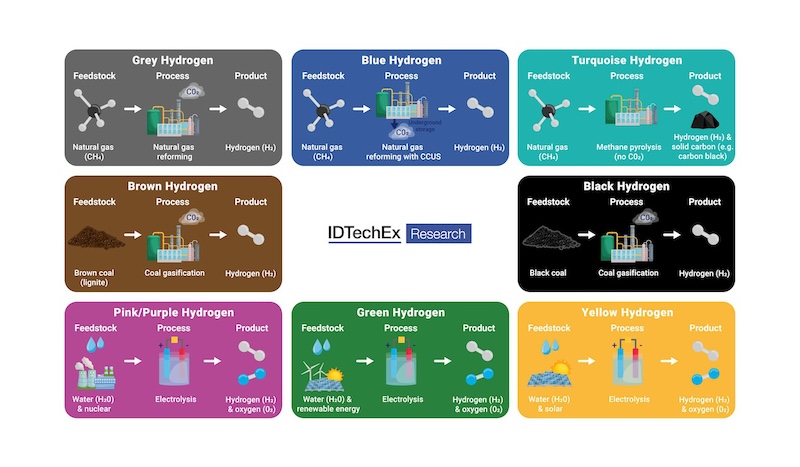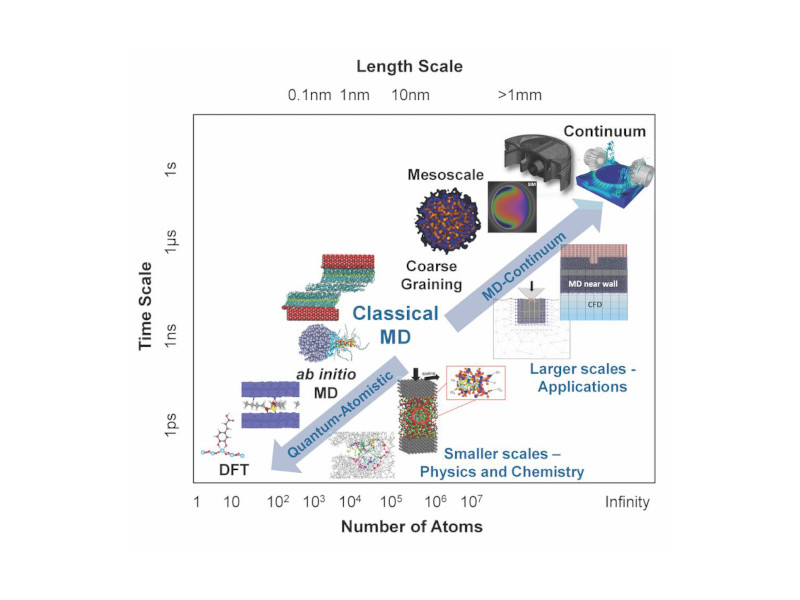The introduction of LEDs has fundamentally altered several of the dynamics within the industry itself and the technology has been touted as the next best thing since sliced bread.

Before the increased usage of LEDs for lighting, the lighting market had been relatively stagnant for decades. Certain technologies like incandescent lamps have remained relatively unchanged for the last 100 years. The introduction of LEDs has fundamentally altered several of the dynamics within the industry itself and the technology has been touted as the next best thing since sliced bread.
In Lighting, LEDs are continually improving in efficiency and quantity, quality of light they emit, all while decreasing in cost. It is predicted that by 2015, LEDs will produce greater than 180 Lumens/watt. Additionally, the development several new methods of dispersing the directional light of LEDs is creating new lighting products that can better mimic current lighting technologies.
The greatest impact from these improvements is that LED lighting will not be boxed into niche lighting markets, but in the long run should be able to penetrate all viable lighting markets that currently use an array of different technologies.
The quick success of LEDs will be due mostly to two of their attributes; their long life and their energy efficiency. The quick adoption rate of LEDs in conjunction with their long life will have a profound effect on the global lighting market in the near future. The figure below shows how, by 2013, the LED lamp market will be the largest in the lighting market with 40% of the total.
That being said, by 2018, the LED lamp market is expected to begin contracting. The longer life of LED lamps means that as more are installed in existing sockets, the smaller the market will become as replacement lamps will not be required for several years. The growth rate for LED lamp shipments from 2009 to 2015 is forecasted to be 97% (CAGR), while the growth rate from 2015 to 2020 will only be 13% (CAGR). The market growth rate will begin declining in 2014 as ASPs of these lamps continues to decline, so much so that by 2018, the LED lamp market is actually expected to begin contracting.
There are two major implications for manufacturers due to the projected market growth and decline.
- In order to really profit in the LED lamp market, it will be necessary for them to enter the market early.
- They will be required to be vertically integrated. Price is one of the most important purchasing decision parameters for consumers, by being vertically integrated, lamp manufacturers will be better positioned to reduce their ASPs.
There is Concern for GE
The big three lamp companies (Philips, OSRAM and GE) currently comprise approximately 60% of the lamp market. Of these companies, GE is the only one that does not own any LED production facilities. Additionally, other companies, including Samsung, LG and Sharp that produce their own LEDs and are looking for growth markets are not waiting around to get commoditized and have been pushing hard to produce their own LED lamps.
With LEDs making up more than 50% of the lamp market in 2014, it is likely than the big three will become the big five or more. The way things are evolving, it is possible that GE might not even be invited to the party as other brands are established and GE’s bargaining power declines.



